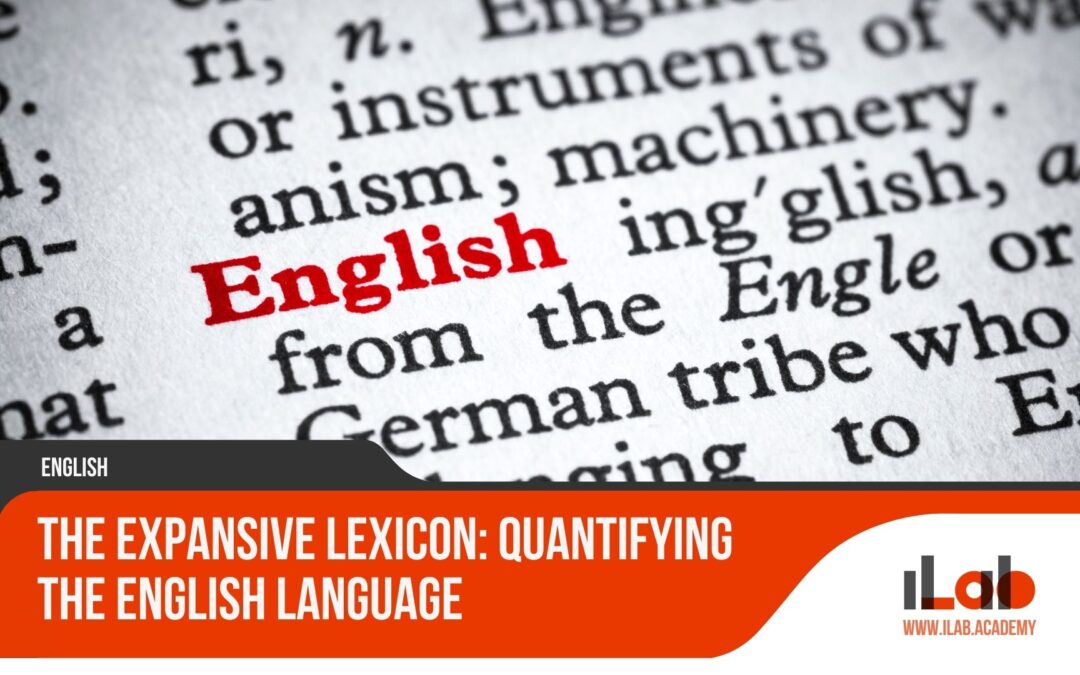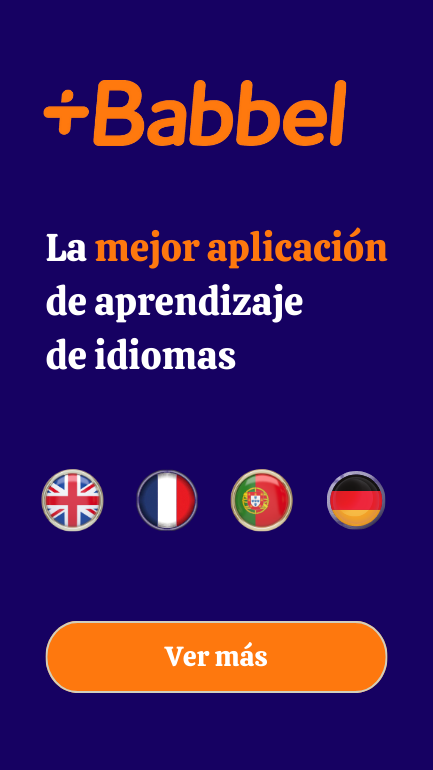Table of contents
Cockney rhyming slang, a distinctive feature of London’s linguistic landscape, offers a fascinating window into the cultural and social dynamics of the East End. This vernacular, characterized by its creative use of rhyme and metaphor, not only reflects the ingenuity of its speakers but also serves as a marker of identity and solidarity within the community. As we explore the origins and evolution of this secret linguistic code, one cannot help but marvel at its resilience and adaptability over the years. The question of how Cockney rhyming slang has managed to sustain its relevance in the face of a rapidly changing world invites further investigation, promising insights into the mechanisms of linguistic survival and innovation.
Key Takeaways
- Cockney Rhyming Slang originated in the 19th century as a creative linguistic code among London’s working class.
- It requires knowledge of specific rhyming patterns and context for deciphering, adding an exclusive camaraderie among speakers.
- The slang has influenced various aspects of popular culture, including music and film, showcasing its cultural significance.
- Efforts to preserve Cockney Rhyming Slang highlight its role as a cherished aspect of London’s heritage and a marker of identity.
The Roots of Cockney Rhyming Slang
Delving into the heart of London’s East End, Cockney rhyming slang emerged as a vibrant linguistic phenomenon, deeply rooted in the socio-economic fabric of its time. Originating in the mid-19th century, it was more than just a playful manipulation of the English language. It served as a testament to the creativity and resilience of the working-class communities that inhabited the bustling streets and markets of areas like Whitechapel and Shoreditch. These neighborhoods were melting pots of culture and class, where the rapid industrialization and urbanization of London brought about significant economic disparities.
The inception of Cockney rhyming slang can be closely linked to these socio-economic dynamics. It acted as a form of social cohesion among the working class, enabling them to forge a distinct identity in the face of changing urban landscapes. Moreover, it is speculated that this cryptic language developed not only as a means of expressing camaraderie but also as a strategy to confound outsiders, particularly as a way to speak freely in the presence of authority figures without being understood.
The roots of Cockney rhyming slang are thus deeply intertwined with the historical context of its birthplace. Its emergence reflects the ingenuity of a community navigating the complexities of 19th-century London life, employing language as a tool for social connection and as a barrier to social intrusion. As we explore the nuances of this unique dialect, it becomes evident that its origins offer a window into the lived experiences of the East End’s inhabitants, highlighting the indelible link between language and identity.
Decoding Cockney Rhyming Slang: How It Works
To grasp the essence of Cockney rhyming slang, it is essential to understand its unique pattern of rhyming and the customary practice of omitting the actual rhyming word. This linguistic phenomenon, deeply rooted in London’s East End, operates by replacing a common word with a phrase that rhymes with it. However, the twist lies in the tradition of dropping the word that directly rhymes, leaving only the initial component of the phrase as the slang. This practice not only obscures the meaning for those unfamiliar with the slang but also adds a layer of camaraderie and exclusivity among those who understand it.
Understanding Cockney rhyming slang involves recognizing the indirect approach it takes to communication. The initial step is to identify the non-rhyming part of the phrase, which, though seemingly unrelated, holds the key to deciphering the intended word. For instance, when a Cockney speaker uses a phrase, the listener must mentally trace back to the original rhyming word that has been omitted and then to the word it was meant to replace. This process requires not only a knowledge of the slang’s vocabulary but also an ability to engage in linguistic gymnastics.
Moreover, context plays a crucial role in decoding Cockney rhyming slang. The meaning of a phrase can vary depending on the situation, making it vital for the listener to consider the broader conversational cues. This contextual sensitivity, combined with the linguistic creativity of Cockney rhyming slang, showcases its enduring appeal and its capacity to evolve, reflecting changes in language and culture.
Classic Examples of Cockney Rhyming Slang
Having explored the mechanics behind Cockney rhyming slang, we now turn our attention to some quintessential examples that illuminate its vibrant presence in British culture. This linguistic tradition, deeply embedded in the vernacular of London’s East End, offers a fascinating glimpse into the playful and inventive spirit of its speakers.
One of the most recognized phrases is “apples and pears,” signifying stairs. It exemplifies the classic structure of Cockney rhyming slang, where the actual rhyming word (pears) is typically dropped in conversation, leaving only “apples” to indicate the meaning. Similarly, “dog and bone” refers to a phone, showcasing the creativity in pairing common objects with everyday terms.
Another popular example is “trouble and strife,” a lighthearted way to refer to one’s wife. This expression reflects the humor often found in Cockney rhyming slang, where playful euphemisms replace direct language. “Butcher’s hook,” meaning a look, further demonstrates the linguistic gymnastics involved, inviting speakers to engage in a form of verbal acrobatics.
The phrase “plates of meat” for feet and “loaf of bread” for head are additional illustrations of how Cockney rhyming slang turns ordinary words into colorful expressions. These examples not only serve as a testament to the creativity of Cockney speakers but also highlight the slang’s ability to infuse everyday language with a sense of whimsy and invention.
The Influence of Cockney Rhyming Slang on Popular Culture
Cockney rhyming slang has left an indelible mark on British popular culture, permeating music, film, literature, and television with its distinctive vernacular. This unique form of expression, originating from the East End of London, has not only provided a linguistic identity to a specific community but has also influenced mainstream media, showcasing its versatility and enduring appeal. The integration of Cockney rhyming slang into various facets of popular culture underscores its significance and the fascination it holds for both creators and audiences alike.
To understand the breadth of its influence, consider the following examples:
- Music: Bands and artists from the UK have infused their lyrics with Cockney rhyming slang, giving their songs a distinctly British flavor that resonates with local and international audiences. This linguistic choice often adds a layer of authenticity and cultural specificity, making the music more relatable to those familiar with the slang while intriguing those who are not.
- Film and Television: Several British movies and TV shows have characters that use Cockney rhyming slang, either sporadically or as a significant part of their dialogue. This not only adds depth to the characters but also creates an immersive experience for the viewer, transporting them to the streets of London. The use of this slang in visual media serves as an educational tool, introducing viewers to a quintessentially British linguistic phenomenon.
- Literature: British authors have incorporated Cockney rhyming slang into their works to capture the essence of certain characters or settings. This stylistic choice enriches the narrative, providing readers with a more authentic and textured understanding of the characters’ backgrounds and environments.
These examples illustrate the pervasive influence of Cockney rhyming slang on British popular culture, highlighting its role in shaping and reflecting the nation’s linguistic diversity.
Variations and Regional Adaptations
As Cockney rhyming slang ventured beyond the borders of London’s East End, it experienced a fascinating evolution, adopting regional variations and finding a place in the lexicon of other countries. This unique linguistic phenomenon has shown a remarkable ability to adapt, reflecting the cultures and dialects of its new homes. While it remains a symbol of Cockney identity, its spread across the globe highlights its universal appeal and versatility.
The adaptability of Cockney rhyming slang is evident in how it morphs to fit regional dialects and languages. In Australia, for instance, the phrase “Noah’s Ark” translates to “shark,” showcasing how local fauna can influence slang adaptations. Meanwhile, in South Africa, the term “China plate” is commonly used for “mate,” illustrating how these expressions can cement themselves within the social fabric of a community far from their origins.
The following table illustrates a few regional adaptations of Cockney rhyming slang:
| Region | Original Cockney Phrase | Regional Adaptation |
|---|---|---|
| Australia | Trouble and Strife | Wife |
| South Africa | China Plate | Mate |
| Scotland | Scooby Doo | Clue |
| Ireland | Holy Ghost | Toast |
| Canada | Loaf of Bread | Head |
This table underscores the creative and fluid nature of Cockney rhyming slang as it intertwines with various cultures and languages. Each adaptation not only preserves the essence of the original slang but also enriches it by incorporating local nuances and references, making Cockney rhyming slang a truly global linguistic phenomenon.
The Social Perception of Cockney Rhyming Slang
Exploring the global spread of Cockney rhyming slang reveals its adaptability, yet it is equally important to understand the varied social perceptions of this linguistic tradition within the UK. While it originated within the East London working class as a form of in-group language, its perception has evolved significantly over time. Today, Cockney rhyming slang serves not only as a cultural emblem but also as a marker of social identity, with its usage reflecting a range of attitudes and beliefs about class, heritage, and modern British society.
To elucidate the complex social perceptions of Cockney rhyming slang, consider the following points:
- Cultural Heritage: For many, Cockney rhyming slang is a cherished part of London’s cultural heritage, symbolizing a unique form of linguistic creativity and resilience. It’s seen as a badge of pride among those with East London roots, emphasizing a sense of community and belonging.
- Socio-economic Indicators: In certain contexts, the use of Cockney rhyming slang can signal socio-economic background, potentially leading to stereotypes about the speaker’s education, intelligence, or social status. This has implications for how individuals are perceived and treated in various social settings.
- Changing Relevance: Attitudes towards Cockney rhyming slang are mixed, with some viewing it as an outdated relic, while others appreciate its enduring charm and wit. Its continued use, particularly among younger generations, suggests a dynamic interplay between tradition and modernity within the UK’s linguistic landscape.
Understanding these diverse social perceptions underscores the complexity of Cockney rhyming slang as more than mere slang; it’s a nuanced symbol of identity and cultural continuity in Britain.
Language Evolution: Cockney Rhyming Slang in the Digital Age
The digital revolution has significantly influenced the evolution and dissemination of Cockney rhyming slang, introducing it to a global audience through online platforms and social media. This traditional form of speech, originating from the East End of London, has found a new lease of life in the digital age. The internet has facilitated an unprecedented spread of this linguistic phenomenon, allowing people from all corners of the world to learn about and engage with Cockney rhyming slang. Websites, forums, and social media pages dedicated to British culture often feature sections on this quirky aspect of the English language, thus broadening its appeal beyond the UK.
Moreover, digital platforms have become arenas for the innovation and reinvention of Cockney rhyming slang. Younger generations, including those in London itself, are not only learning traditional phrases but also contributing new ones, influenced by contemporary culture, global events, and the international nature of online communication. This blending of old and new ensures that Cockney rhyming slang remains relevant and vibrant, continually adapting to the times.
The digital age has also impacted the way Cockney rhyming slang is used. Once a verbal code designed to confuse outsiders, it now enjoys a more inclusive, educational, and entertainment-oriented role. Online videos and tutorials demystify this linguistic code for a global audience, highlighting its creativity and humor. As a result, Cockney rhyming slang is no longer confined to the streets of London but has become a fascinating aspect of global linguistic diversity, celebrated and shared across the digital landscape.
Preserving the Cockney Code: Efforts to Keep the Slang Alive
Efforts to preserve Cockney rhyming slang, a cherished component of London’s intangible heritage, have gained momentum through various initiatives, educational programs, and community endeavors. This unique form of communication, steeped in history and culture, faces challenges in the modern era, where global languages and digital communication can overshadow local dialects. However, dedicated groups and individuals are working tirelessly to ensure that Cockney rhyming slang retains its place in London’s cultural landscape and continues to be a living, evolving form of expression.
To highlight the significance of these preservation efforts, consider the following key initiatives:
- Educational Workshops and Courses: Organizations across London have launched workshops aimed at teaching the intricacies of Cockney rhyming slang to both locals and visitors. These programs not only educate participants about the language but also delve into its historical context and cultural significance.
- Community Engagement Projects: Several community-led projects focus on recording and documenting the usage of Cockney rhyming slang among different generations. These initiatives aim to capture the evolving nature of the slang, ensuring its transmission from older to younger generations.
- Digital Preservation and Promotion: With the advent of digital media, there are concerted efforts to create online repositories and social media campaigns dedicated to Cockney rhyming slang. These digital platforms serve as both educational tools and a means to keep the slang relevant in the age of global communication.
Frequently Asked Questions
How Do Non-Native English Speakers Perceive and Learn Cockney Rhyming Slang, and What Challenges Do They Face?
Non-native English speakers often find Cockney rhyming slang both fascinating and challenging to learn due to its reliance on phonetic similarities and cultural references unique to London. The primary difficulty lies in understanding the indirect nature of the expressions, which require not only a grasp of the English language but also familiarity with specific British cultural contexts. Consequently, learners may struggle with comprehension and usage, making it a complex aspect of English linguistics to master.
Are There Any Legal or Official Uses of Cockney Rhyming Slang, Such as in Courtrooms or Government Documents?
Cockney rhyming slang, while deeply embedded in British cultural heritage, does not find official or legal usage in formal contexts such as courtrooms or government documents. Its nature as a colloquial vernacular limits its application to informal communication. Despite its rich history and linguistic creativity, it remains outside the purview of legal proceedings and official documentation, where standard English prevails to ensure clarity, precision, and accessibility for all parties involved.
How Has Cockney Rhyming Slang Been Integrated or Referenced in International Media and Entertainment Outside the Uk?
Cockney rhyming slang has transcended its local London boundaries to achieve a degree of international recognition through media and entertainment. This unique form of expression is often utilized in films, television shows, and music to add a distinct British flavor or to develop culturally rich characters. Its appearances range from subtle references to more explicit uses, allowing global audiences to glimpse into this fascinating aspect of British linguistic culture.
What Role Does Cockney Rhyming Slang Play in the Education System in the UK, if Any, Especially in Teaching Language and Cultural Studies?
Cockney rhyming slang, while not formally integrated into the UK’s national curriculum, plays a significant role in enriching the study of language and cultural studies. Educators may reference it to illustrate the diversity of English dialects and the dynamic nature of language evolution. Its inclusion in lessons provides insights into socio-historical contexts of London, fostering a broader appreciation of regional linguistic identities and cultural heritage among students.
How Do Modern Technologies, Like AI and Machine Learning, Interpret and Handle the Nuances of Cockney Rhyming Slang?
Modern technologies, including artificial intelligence (AI) and machine learning, face challenges in interpreting Cockney rhyming slang due to its nuanced and evolving nature. These systems primarily rely on patterns and statistical data for understanding language, which may not readily accommodate the creative and contextual aspects of such slang. Efforts to enhance AI’s comprehension involve incorporating diverse linguistic datasets and advanced algorithms to better grasp the slang’s idiomatic expressions and cultural significance.
Conclusion
In conclusion, Cockney rhyming slang represents a significant element of London’s cultural heritage, reflecting the creativity and adaptability of language. Its origins in the East End of London during the 19th century underscore a rich linguistic tradition that continues to evolve. Despite challenges, efforts to preserve and revitalize this unique form of communication are crucial for maintaining its legacy. The enduring popularity and adaptation of Cockney rhyming slang in contemporary society highlight its importance as a vibrant and dynamic component of British cultural identity.






